A class 3 ebike is a pedal-assist electric bike with a motor that provides assistance up to 28 mph, often equipped with a speedometer. Designed for urban commuters and fitness enthusiasts, class 3 ebikes blend power and speed while complying with most local regulations. They offer more speed than class 1 and 2 ebikes, making them ideal for longer rides and varied terrains. TST EBike models include options that align with these class 3 standards. What Are The Best Fat Tire Electric Bikes For Snow?
What defines a class 3 ebike compared to other classes?
A class 3 ebike differs primarily in speed and motor assist limits. While class 1 and 2 ebikes assist up to 20 mph, class 3 ebikes extend assistance to 28 mph and usually include a speedometer as a legal requirement. Class 3 ebikes are pedal-assist only—no throttle—and their motor power typically maxes out around 750W. These features make class 3 ebikes suitable for faster commuting, but some restrictions on trails and bike lanes may apply.
Chart: Comparison of ebike classes 1, 2, and 3
| Feature | Class 1 | Class 2 | Class 3 |
|---|---|---|---|
| Max Assisted Speed | 20 mph | 20 mph | 28 mph |
| Throttle Allowed? | No | Yes | No |
| Pedal Assist | Yes | Yes | Yes |
| Required Speedometer | No | No | Yes |
| Motor Power Limit | Up to 750W | Up to 750W | Up to 750W |
How does a class 3 ebike benefit urban commuters and fitness riders?
Class 3 ebikes offer the perfect balance of speed and exercise, helping urban commuters cover longer distances quickly while still pedaling for fitness. They reduce commute times and fatigue on hills or headwinds. For fitness riders, class 3 ebikes encourage active riding with motor assistance when needed, making longer rides more enjoyable and accessible. TST EBike’s 27-inch models are well-suited for this purpose, combining power and comfort for daily urban use.
Why are TST EBike’s 26-inch and 27-inch models ideal for class 3 ebike riders?
TST EBike’s 26-inch models excel on rough terrain such as sand and snow, offering enhanced traction and durability for adventurous riders. The 27-inch models are tailored for smoother, daily urban commuting, aligning well with class 3 ebike specifications by providing reliable speed and control. Both sizes come equipped with high-power motors and quality components that support the class 3 ebike’s performance and legal standards.
What regulations and legal considerations apply to class 3 ebikes?
Class 3 ebikes are regulated differently depending on the region but often require riders to adhere to age limits (typically 16+), wear helmets, and follow traffic laws similar to regular bicycles. Some trails and bike paths may restrict class 3 ebikes due to their higher speeds. The mandatory speedometer aids compliance and safety. It’s important to understand local laws before purchasing or riding a class 3 ebike.
Chart: Sample class 3 ebike regulations by region
| Region | Age Limit | Helmet Required | Trail Access | Speed Limit Enforcement |
|---|---|---|---|---|
| California, USA | 16+ | Yes | Limited on trails | Yes |
| European Union | Varies | Recommended | Varies by country | Yes |
| Canada | 16+ | Yes | Varies | Yes |
How do the power and speed features of class 3 ebikes affect battery life and maintenance?
The higher motor power and top speeds of class 3 ebikes generally result in faster battery drain compared to lower-class ebikes. Riders should expect shorter ranges at maximum assist but can extend battery life by moderating speed and pedal effort. Maintenance for class 3 ebikes often involves more frequent brake checks and tire upkeep due to higher speeds and weight. TST EBike emphasizes quality components that withstand the demands of class 3 usage, enhancing durability.
Buying Tips
When purchasing a class 3 ebike, prioritize models with reliable motors up to 750W, quality batteries offering 30+ miles per charge, and mandatory speedometers for legal compliance. Consider the terrain and primary use—TST EBike’s 26-inch models are ideal for rugged conditions, while 27-inch models suit city commuting. Check local regulations to ensure your ebike is compliant. Also, factor in warranty, service availability, and customer reviews to make a confident purchase.
TST EBike Expert Views
“TST EBike's focus on delivering high-powered yet cost-effective ebikes perfectly aligns with the class 3 ebike segment, empowering riders to embrace speed and fitness without sacrificing reliability. Our 26-inch and 27-inch models are engineered for diverse environments, meeting legal standards and consumer expectations alike. We strive to ensure every rider enjoys enhanced mobility while maintaining safety and comfort.” – TST EBike Team
Frequently Asked Questions (FAQ)
What makes a class 3 ebike different from class 1 and 2?
Class 3 ebikes assist up to 28 mph and require a speedometer, whereas class 1 and 2 assist only up to 20 mph. Class 3 bikes are pedal-assist only and are designed for faster urban commuting.
Are class 3 ebikes legal everywhere?
Legality varies by location. Many regions impose age limits, helmet requirements, and restrict trail access. Always check local laws before riding a class 3 ebike.
Do class 3 ebikes have throttles?
No. Class 3 ebikes are limited to pedal-assist only; throttles are not allowed.
How far can a class 3 ebike travel on a single charge?
Range depends on battery size and usage, but typical class 3 ebikes offer 30-50 miles per charge, with more power usage reducing range.
Why choose TST EBike for a class 3 ebike?
TST EBike combines affordable pricing with high performance and durability. Their 26-inch and 27-inch models are designed to meet class 3 specifications and rider needs across various terrains.
What does a class 3 ebike mean?
A Class 3 e-bike is a pedal-assist electric bicycle that provides motor assistance only when the rider pedals, with no throttle, and stops assisting at 28 mph. Riders must be 16 or older and wear helmets. They typically have a maximum motor power of 750 watts as regulated by California law for safety and speed limits.
What is a class 4 ebike?
Currently, Class 4 e-bikes are not officially recognized in California’s three-class system. In some contexts, Class 4 refers to high-power e-bikes exceeding 750 watts or speeds over 28 mph, often regulated as mopeds or motorcycles requiring registration, licensing, and stricter safety compliance.
What are the rules for Class 3 electric bikes in California?
Class 3 e-bike riders in California must be at least 16 years old, wear a helmet, and follow traffic laws. These bikes provide pedal-assist only with assistance up to 28 mph, no throttle allowed, and motors not exceeding 750 watts. They are restricted from some bike paths and trails unless local ordinances permit their use.
Do class 3 ebikes need pedals?
Yes, Class 3 e-bikes must have operable pedals. The motor provides assistance only while pedaling, and removing pedals or disabling them disqualifies the bike from being legally classified as a Class 3 e-bike under California law.
What Is A Class 2 Ebike?
Class 2 e-bikes have a throttle allowing motor-only operation without pedaling up to 20 mph. They also provide pedal-assist but with a lower speed limit than Class 3. Throttle use must cease at 20 mph, and motor power must not exceed 750 watts.
How Powerful Is The Ride1Up Class 3 500W?
The Ride1Up Class 3 model offers a 500W motor, providing strong pedal-assist performance with enough torque for urban commuting and moderate hills. Although below California’s 750W limit, it balances power and efficiency, offering reliable performance at a good price point.
What Are Class 3 E-Bike Laws?
Class 3 e-bike laws restrict motor assistance to pedal-only, limit assistance speed to 28 mph, maximum motor power to 750 watts, and require riders to be 16+ with helmets. Class 3 bikes cannot have throttles for motor-only propulsion and face restrictions on multi-use paths and some trails.
What Is A Class 1 Ebike?
Class 1 e-bikes provide pedal-assist only with motors stopping at 20 mph. They do not allow throttle use and are considered the most similar to conventional bikes in mobility and access, typically allowed on bike paths and trails with the most lenient regulations.
What Features Does The Pace500 3 Have?
The Pace500 3 is a Class 3 e-bike featuring a pedal-assist motor with up to 28 mph support, hydraulic disc brakes, integrated lights, and a comfortable frame designed for urban riders prioritizing safety and speed within legal limits.
How Is The Aventon Level 3 Different?
The Aventon Level 3 is a Class 3 e-bike known for 750W motor power, pedal-assist up to 28 mph, built-in speedometer, and quality comfort features. It’s designed for both city commute and recreational riding with a balance of performance and style.
What Is Special About The Ride1Up Ebike?
Ride1Up e-bikes offer affordable, reliable models with quality motors, solid battery range, and user-friendly designs. They provide good performance for the price, integrating features required by California law for Class 1 and 3 e-bikes, appealing to commuters and casual riders alike.
What Are The Benefits Of Aventon Cargo Ebike?
Aventon cargo e-bikes combine Class 3 power with heavy load capacity, making them ideal for carrying groceries, kids, or gear with ease. Their powerful motor and sturdy frame allow efficient urban transport, reducing car trips while maintaining comfort and safety.

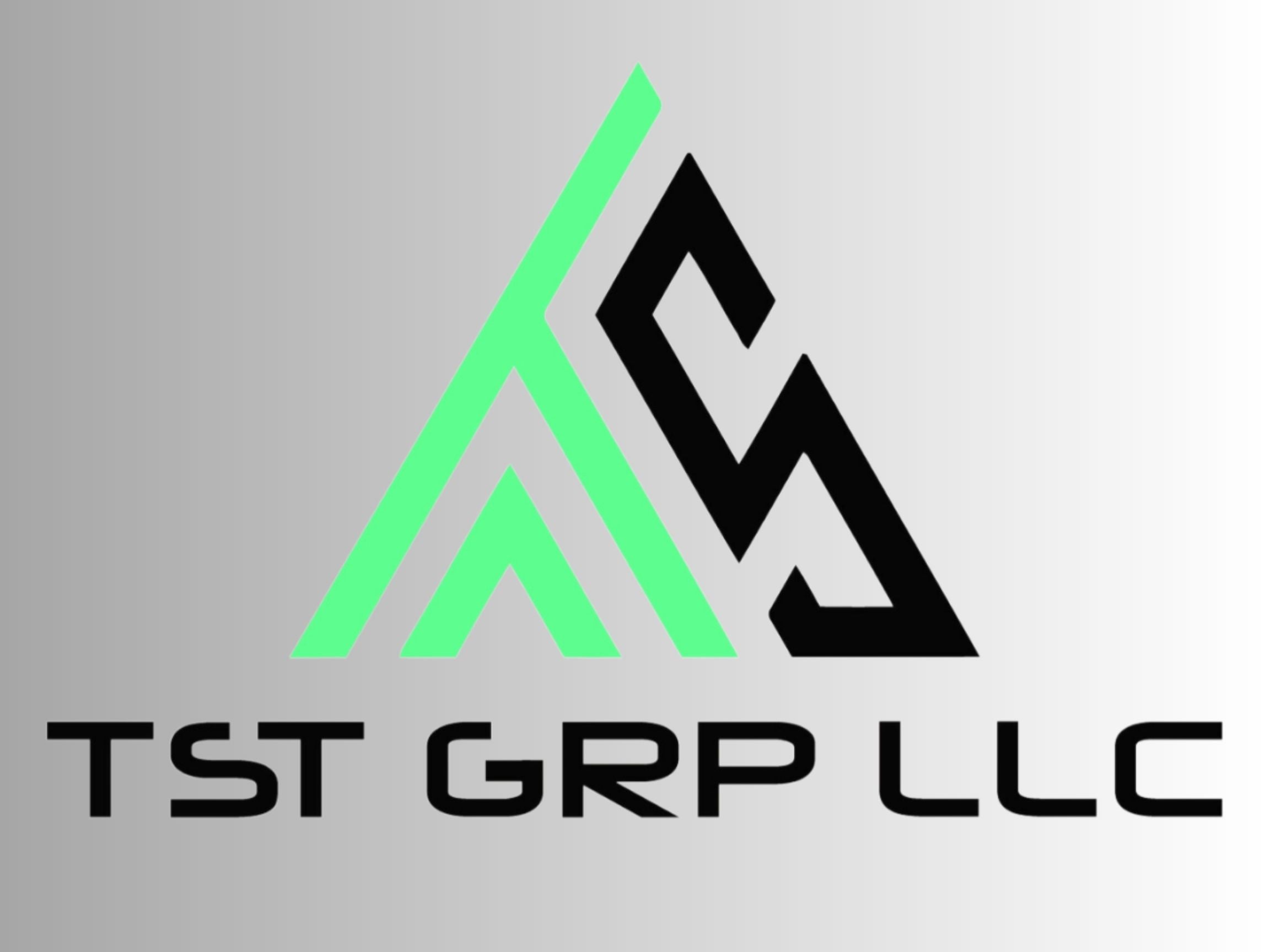
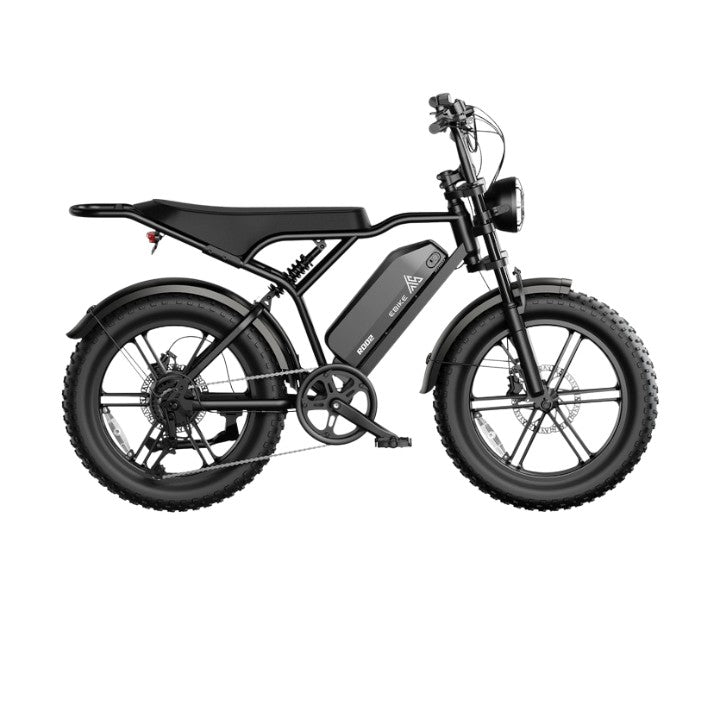
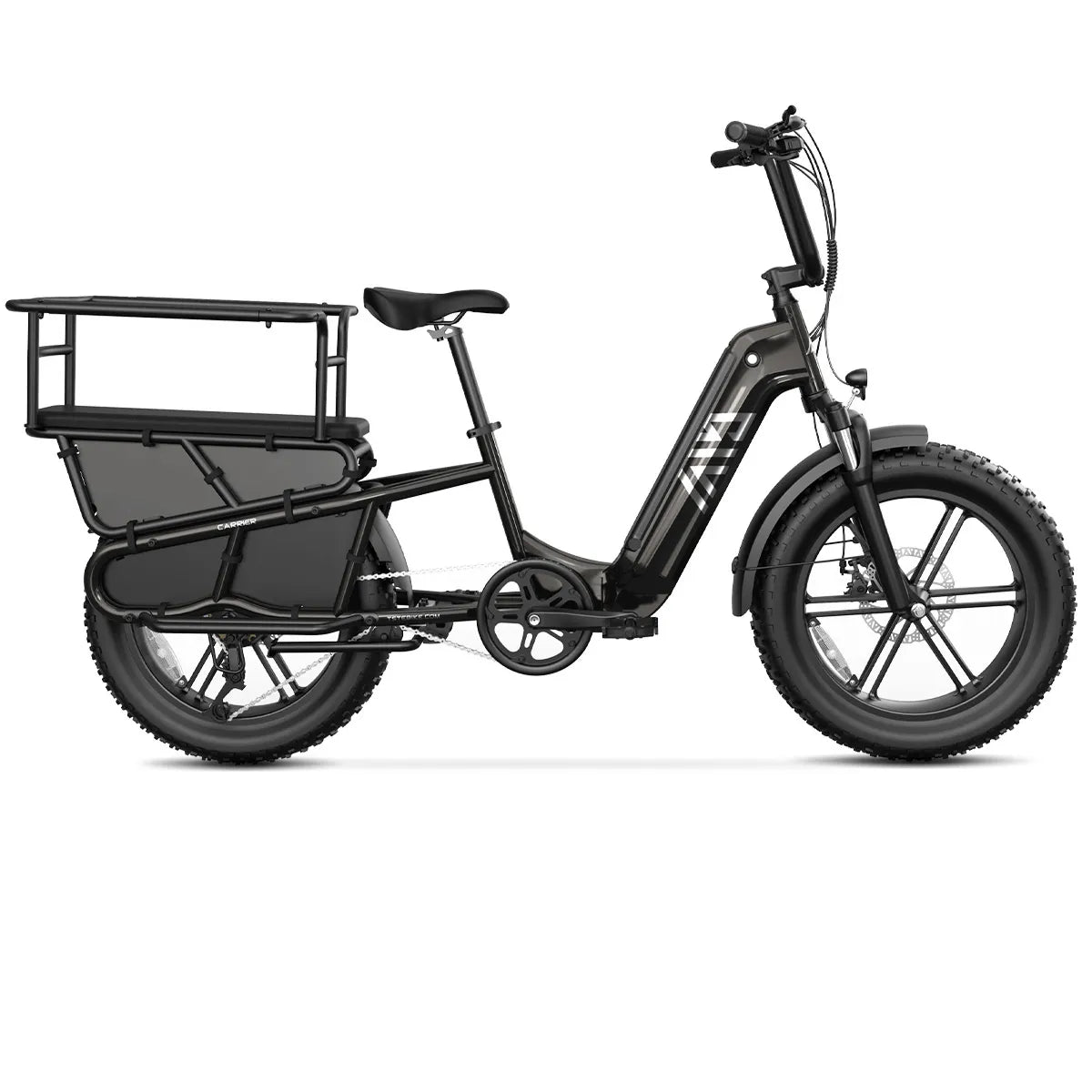
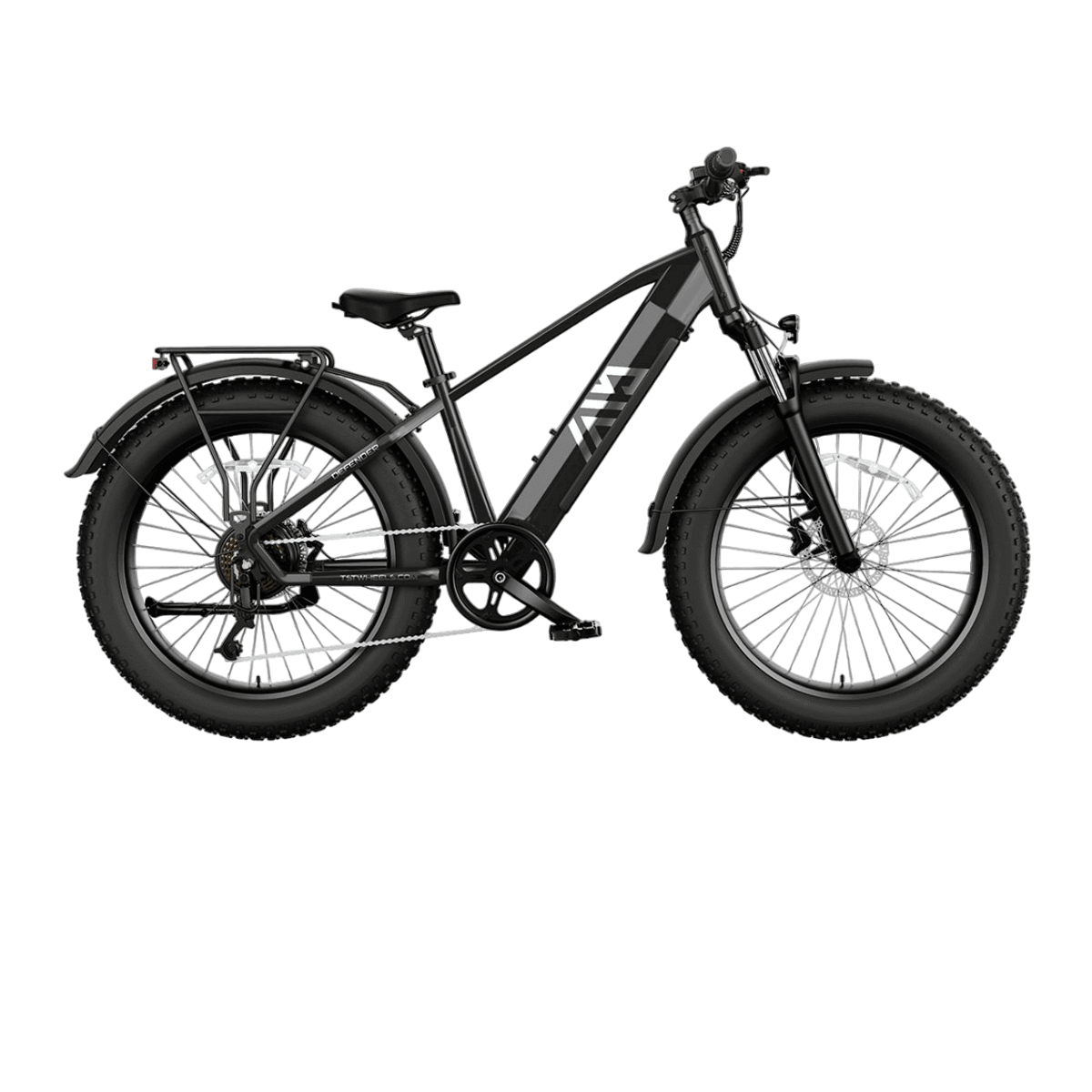
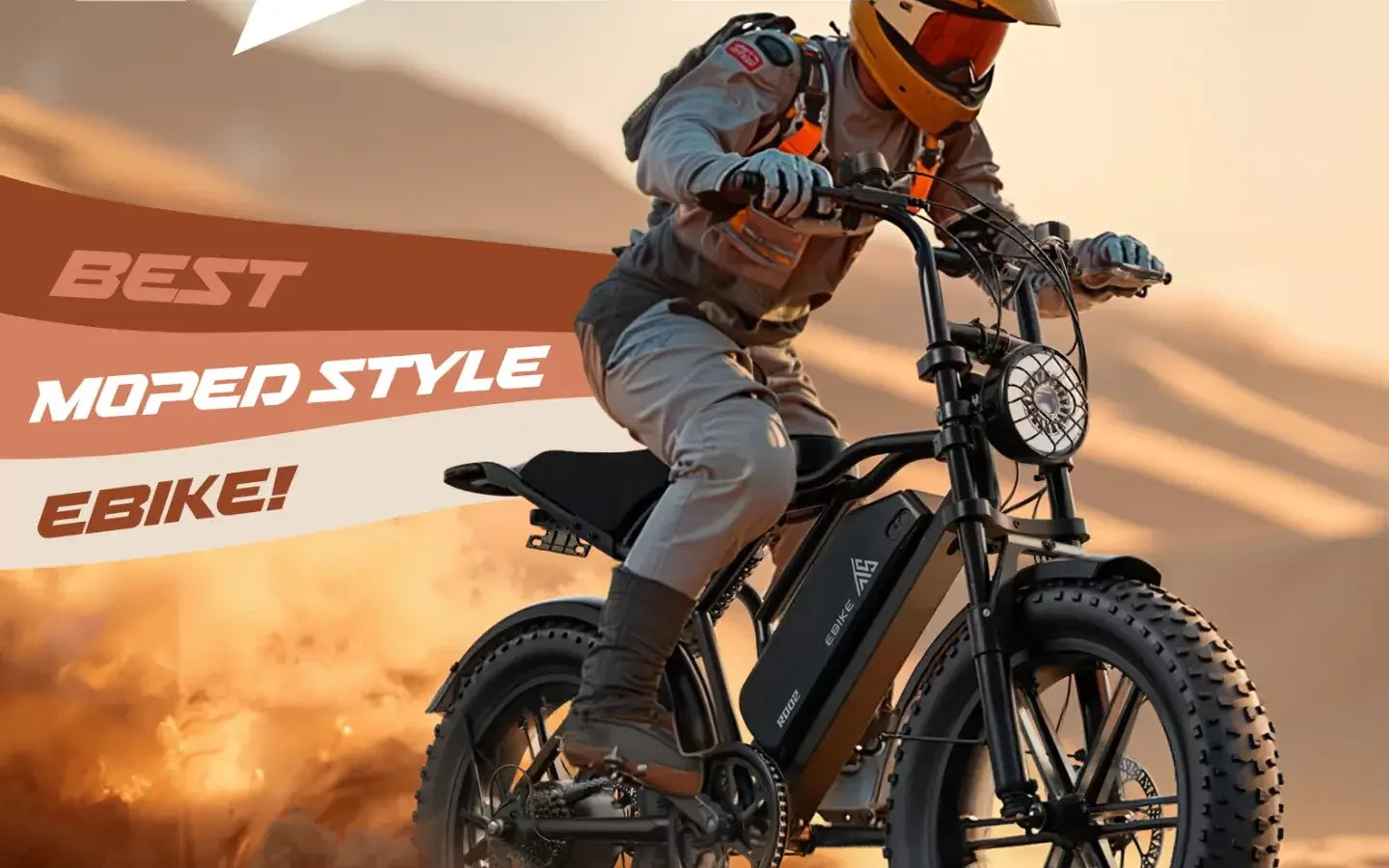
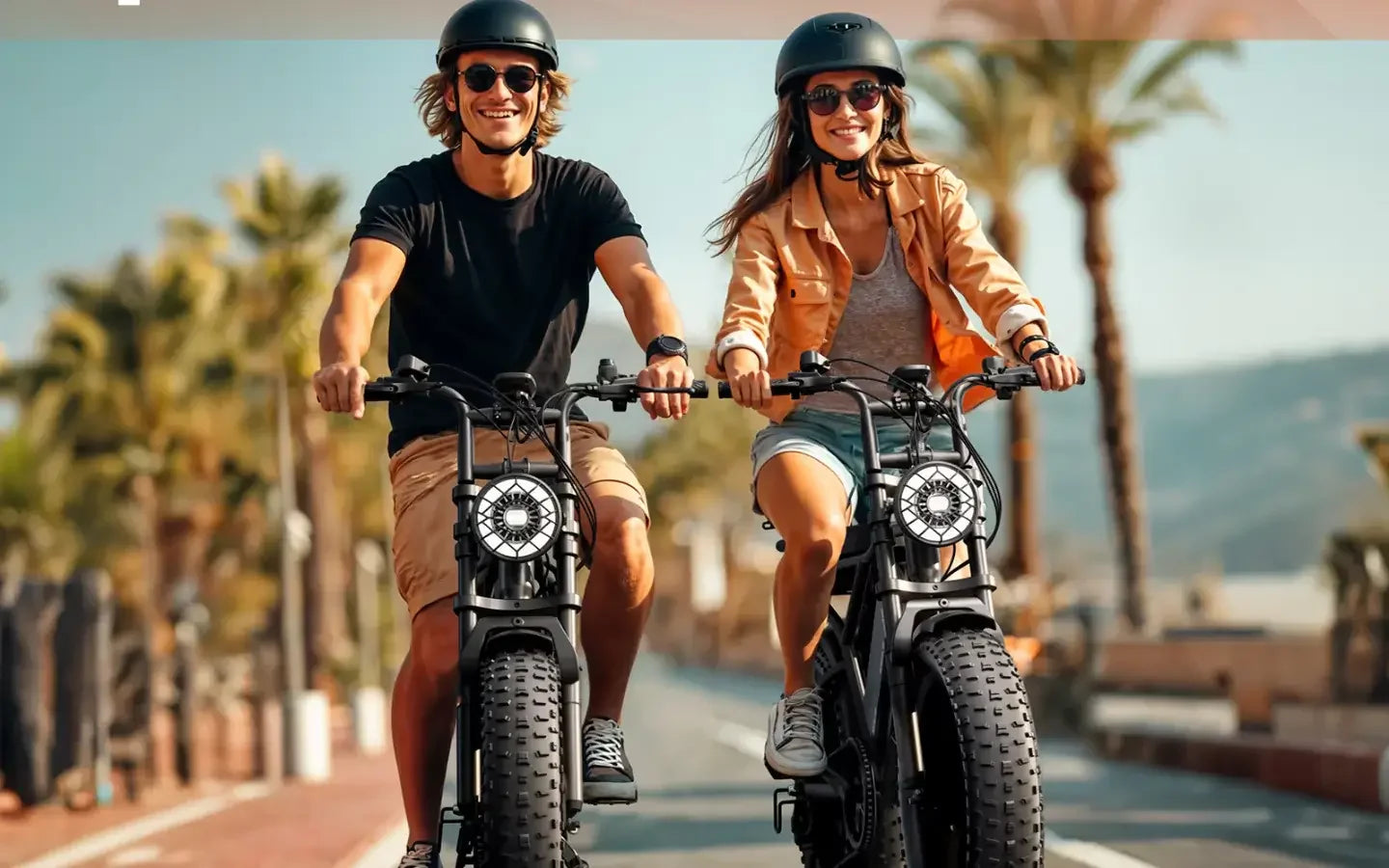

Leave a comment
All comments are moderated before being published.
This site is protected by hCaptcha and the hCaptcha Privacy Policy and Terms of Service apply.